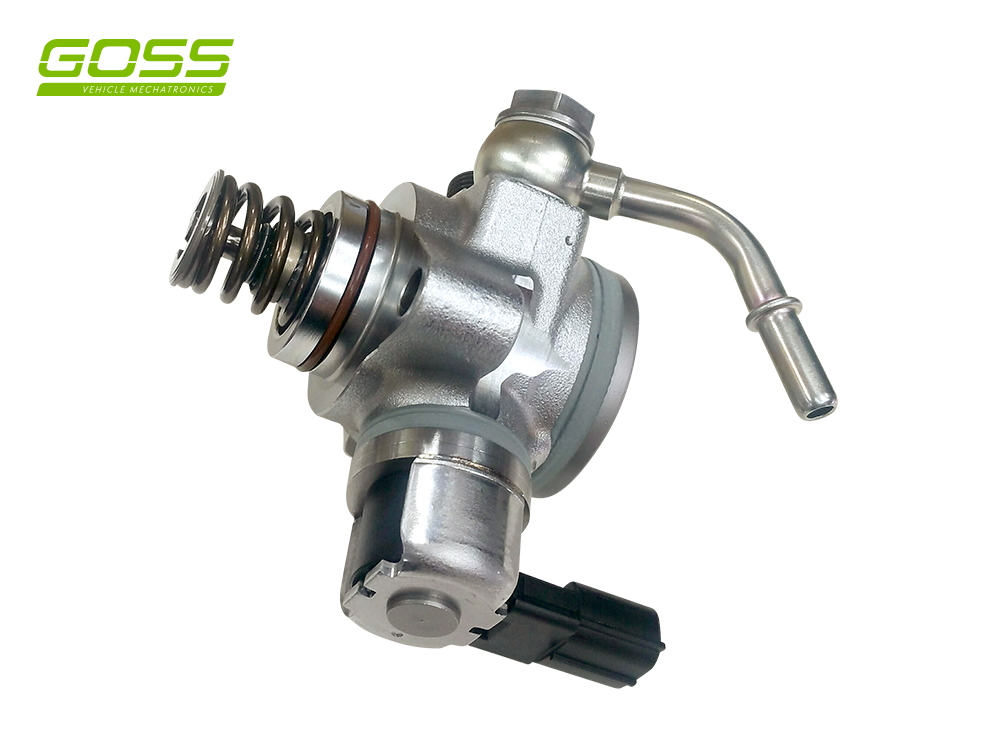News & Info
Goss talk direct injection high pressure fuel pumps
14/12/2018
Basically, the Direct Injection system injects a precise amount of fuel directly into the combustion chamber at much higher pressures than traditional petrol injection systems, allowing the engine to run leaner and more efficiently.
The High Pressure Fuel Pump (HPFP) is the main component in this system. It is responsible for compressing the fuel, supplied by the Electric Fuel Pump, to the pressure required for High Pressure Injection. The HPFP is mounted to the engine and mechanically driven by the camshaft, while the ECU is able to vary the output to match the load requirements of the engine. Various sensors and solenoids (listed below) provide inputs to ensure the system functions at maximum efficiency.
- Pressure Solenoid – controls the volume and pressure of the HPFP by changing the stroke and port location.
- Pressure and Temperature Sensors – generate information for the best possible combustion condition.
There are a number of factors which can cause the Direct Injection HPFP to malfunction. Diagnosing the issue is usually straight forward, however the cause of the pumps failure also needs to be found and rectified or the new pump will prematurely fail.
Common Failure and Cause:
- Lack of maintenance.
- When oil changes are stretched out or missed altogether, this can cause wear between the camshaft lobes and the HPFP follower, as well as carbon build up in the intake. This will prevent the HPFP from generating enough piston movement therefore reducing the fuel pressure. Fault codes will normally be logged, and the MIL will illuminate.
- Incorrect engine oil can cause the HPFP to fail prematurely due to inadequate lubrication of the camshaft and HPFP cam follower. This can also damage the camshaft lobes and it is also important to inspect and remedy this upon replacing a HPFP.
- Leaking Injectors. Due to the extremely high fuel pressures the system runs at, some leak down may occur when the engine is switched off. This can cause a build-up of carbon and a rich fuel mixture, creating a longer crank cycle and early failure.
- ECU Software. If you are diagnosing a driveability problem on a petrol direct injection vehicle or replacing a HPFP, make sure the engine ECU has the latest calibration. Newer calibrations can help solve wear problems and driveability issues and may save you from replacing the pump.
- Smoke on start up. Seals failing within the pump can allow lubricating oil to enter the fuel side when the engine isn’t running. There will be numerous rich codes logged in this scenario.
Goss – Vehicle Mechatronics have released a range of Direct Injection High Pressure Fuel Pumps to complement their already market leading range of electric and mechanical fuel pumps.
Back to Articles


